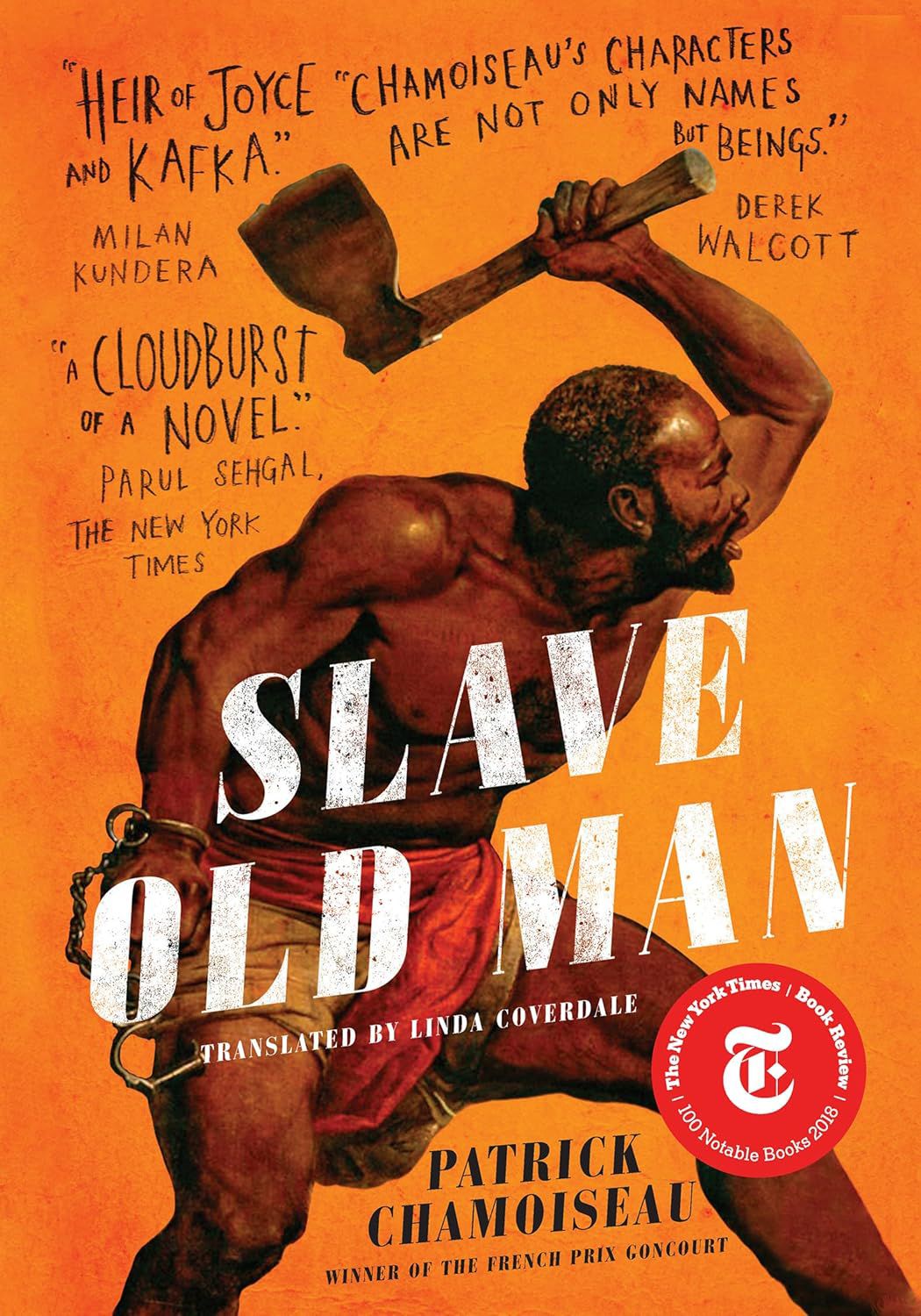
Must artists declare their moral integrity?
It is said that Cervantes killed a man and prostituted his sisters. Seneca worked for Nero. Shakespeare was a ruthless tax collector and a tax defaulter. Borges shook hands with Videla and Pinochet. Nabokov and Lewis Carroll were suspected pedophiles. Proust liked to torture rats. Virginia Woolf was an anti-Semite who told her Jewish husband when his parents came to dinner: “Feed the Jews!” Rimbaud was (briefly) a slave-trader. Verlaine kicked his pregnant wife in the stomach. Céline, Ezra Pound, Chesterton and T.S. Eliot were explicitly anti-Semitic. Châteaubriand was a racist. And let’s not begin to talk about Sade. In spite of such evidence, readers still want to believe that the creators of enlightening work must themselves be enlightened. It is very rarely so. By and large, writers and artists are egotistic, greedy, ruthless, envious, choleric and petty beasts, much like the majority of us human beings. The only thing that distinguishes them from the common brethren is that, when touched by grace, they are capable of producing good art.
The recent commotion surrounding film directors Roman Polanski and Woody Allen for having sex with minors, and London’s National Gallery’s decision to withdraw Gauguin’s paintings of Tahitian women from their retrospective exhibition because of Gauguin’s supposedly racist attitude toward South Sea islanders, are just two of the recent examples of this moral crusading that confuses the civic duty of these people with the work they have created as artists. As citizens, we are all obliged to obey the laws of the society we live in and, if these men and women are guilty of any crimes (as concluded after due process of law) they should be punished accordingly. But why punish the art (and consequently their public) in the same condemnatory gesture? Why force an artist to declare his or her “moral integrity” (in sixteenth-century Spain and during the Third Reich this was equivalent to “purity of blood”) before being allowed to present a work of art to the world at large? Shelley and Valéry suggested that literature is a continuum that should be read as anonymous in order not to contaminate each segment with qualities alien to the text itself. This, in the twenty-first century, is seen as a scandalous idea.
Ethel Groffier has examined one aspect of this question. Her recent, brilliantly argued Dire l’autre: Appropriation culturelle, voix autochtones et liberté d’expression (Leméac: Montreal, 2020) takes as its starting point the controversies surrounding the cases, among others, of Robert Lepage and Ariane Mnouchkine’s theatrical project Kanata, in which Indigenous people were played by white actors and of the non-Indigenous artist Amanda PL’s visual show inspired by the Indigenous artist Norval Morrisseau. Groffier quotes a letter by Lepage refuting the charges of cultural appropriation: “Since the dawn of time, theatrical practice is grounded in a very simple principle: to play at being someone else. To pretend to be someone else. To put oneself in the skin of the other in order to try and understand him or her and, by means of that very fact, perhaps understand oneself.” Here, as well, the public concern is the identity of the player, the presumption being that the documented identity supersedes (or authorizes) the fictional one. This specious argument leads to an obvious absurdity: that no one but a sixteenth-century Dane can play Hamlet; no subject is permitted to a writer except autobiography, and even that, limited to the time and place of the actual writing.
Groffier concludes: “Cultural appropriation, in today’s sense, is part of the reclaiming of identity by means of rendering culture subservient to it. Worse, it establishes identity through race: Indigeneity, whiteness, Blackness. It centres the debate exclusively on culture even though the claims are political. It conceals the real problem and shifts the debate into the arena of literary or artis`tic discourse rather than into the political one to which it must belong. It fosters censorship in the voicing of public opinions and, consequently, self-censorship, which leads to the impoverishment of artistic creation and will not fail one day to turn against its accusers.”
Perhaps there is another aspect of the question of the artist’s responsibility that I, as a reader, might add to the discussion. Perhaps the requirements for some sort of proper civil behaviour on the part of the artist as a member of society ignores an older truism: that art is its own best custodian. By this I mean that a great work of art has, by certain ineffable means, something in its make-up that will not allow it to defend immoral, anti-humanitarian causes. I don’t mean that it is moral in the Aesopean sense, or humanitarian in the sense of philanthropic institutions. I mean that I can’t think of a single great work of art that is not imbued with an enriching ambiguity that protects it from a clear dogmatic reading. Great artists have produced dogmatic art but it was not good or great art. Tyrants have written books but none of these that I know of is an admitted masterpiece: Stalin’s poetic works, Saddam Hussein’s romance fictions, Mussolini’s novel The Cardinal’s Mistress have all been deservedly forgotten. Neither are artistic masterpieces Louis-Ferdinand Céline’s anti-Semitic pamphlets, Pablo Neruda’s poems in praise of Stalin, Kanye West’s raps endorsing Trump. It is as if (and this I know is wishful thinking) art, the works we call classics, books whose circumference, according to Northrop Frye’s definition, is always greater than that of the best of their readers, were inherently moral in the deepest meaning of the word, and whether showing us the racist characters in Huckleberry Finn, or anti-Semitism in Oliver Twist, or misogyny in The Taming of the Shrew, or even sadistic violence in the Chants of Lautréamont, are not themselves racist, anti-Semitic, misogynist or evil. That is this reader’s hope.








